Icebergs and Glaciers: Virtual Bookshelf
The Virtual Bookshelf provides a list of recommended children’s books that reflect the theme of the issue and offers ideas on how to integrate them across the curriculum.
While students generally find the topic of icebergs and glaciers captivating, they may have difficulty visualizing and understanding them. The full-color photographs in these books help students begin to develop an understanding of the massive size of some icebergs or a glacier’s ability to dramatically change the landscape. Students will also learn about the formation of glaciers and how icebergs calve from them. We suggest pairing these books with the science and literacy activities found in Hands-on Lessons and Activities about Glaciers and Using Icebergs to Teach Buoyancy and Density. This month’s Feature Story, Ice Sculptures, discusses how glaciers have changed earth’s land over millions of years.
ICEBERGS AND GLACIERS
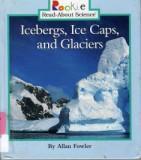 |
Icebergs, Ice Caps, and Glaciers. Allan Fowler. 1997. Nonfiction. Recommended Grades: K-1.This resource for early learners describes the characteristics, size, and movement of icebergs, ice caps, and glaciers. |
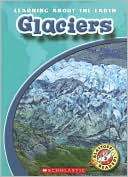 |
Learning about the Earth: Glaciers. Colleen Sexton. 2008. Nonfiction. Recommended Grades: K-2.Simple text and supportive images introduce beginning readers to the physical characteristics and geographic locations of glaciers. |
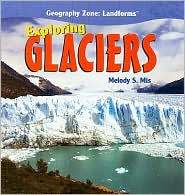 |
Exploring Glaciers. Melody S. Mis. 2009. Nonfiction. Recommended Grades: 2-4.Did you know that glaciers begin as snowflakes? Glaciers form at different rates; some form in ten years but others take hundreds of thousands of years to form. |
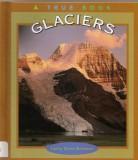 |
Glaciers. Larry Dane Brimner. 2000. Nonfiction. Recommended Grades: 3-5.This text from the True Book series describes what glaciers are, how they are formed, and how they move and shape the earth. |
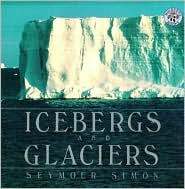 |
Icebergs and Glaciers. Seymour Simon. 1999. Nonfiction. Recommended Grades: 3-5.Breathtaking photographs mark this introduction to a frozen world of mountaintops and polar regions. |
 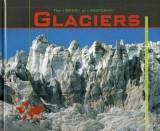 |
Glaciers. Isaac Nadeau. 2006. Nonfiction. Recommended Grades: 4-5.From the Library of Landforms series, this book will captivate older learners. They will learn that some glaciers are so large they cover entire mountains with ice? Other glaciers are so small they are found tucked away in a shaded hollow on a mountainside. |
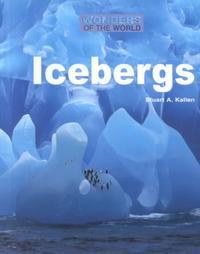 |
Icebergs. Stuart A. Kallen. 2003. Nonfiction. Recommended Grades: 5 and up.Designed for older learners, this book contains fascinating information about icebergs. It includes facts about the formation, location, color, and size of these chunks of ice and the animals that live on them. |
 |
Glaciers. Sandy Sepehri. 2008. Nonfiction. Recommended Grades: 5 and up.Students will learn about the different types of glaciers, how glaciers move, how glaciers benefit people, life among glaciers, and glaciers and global warming. This resource is filled with photographs, highlighted glacier terms, and fascinating facts. |
PENGUINS AND POLAR BEARS
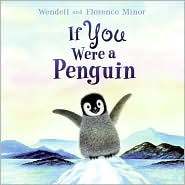 |
If You Were a Penguin. Wendell and Florence Minor. 2009. Fiction. Recommended Grades: K-1.Pictures and rhyming text present some of the many extraordinary things penguins can do. Includes facts about penguins as well as related web sites. |
 |
Polar Bears. Amazing Animals Series. Gail Gibbons. 2009. Nonfiction. Recommended Grades: 2-4.Did you know that a polar bear cub weighs about one pound at birth and is no bigger than a small house cat? Polar bears don’t stay small for long. During the first month; cubs grow to be four times larger than the size they were at birth. This book also asks the reader a thought-provoking question: should some polar bears be kept in zoos? The zoos help increase the polar bear population, but they also keep bears in spaces much smaller than their normal habitat. |
This article was written by Julie Moran. For more information, see the Contributors page. Email Kimberly Lightle, Principal Investigator, with any questions about the content of this site.
Copyright August 2009 – The Ohio State University. This material is based upon work supported by the National Science Foundation under Grant No. 0733024. Any opinions, findings, and conclusions or recommendations expressed in this material are those of the author(s) and do not necessarily reflect the views of the National Science Foundation. This work is licensed under an Attribution-ShareAlike 3.0 Unported Creative Commons license.












